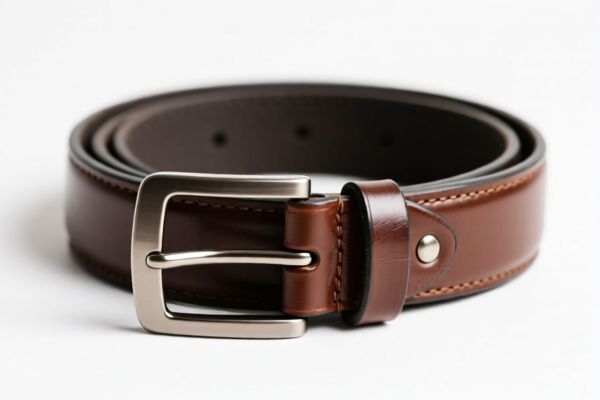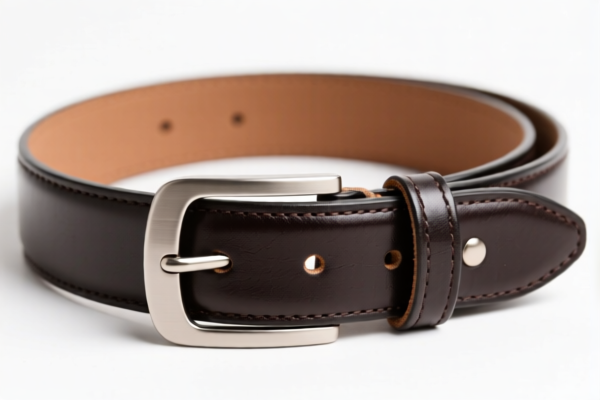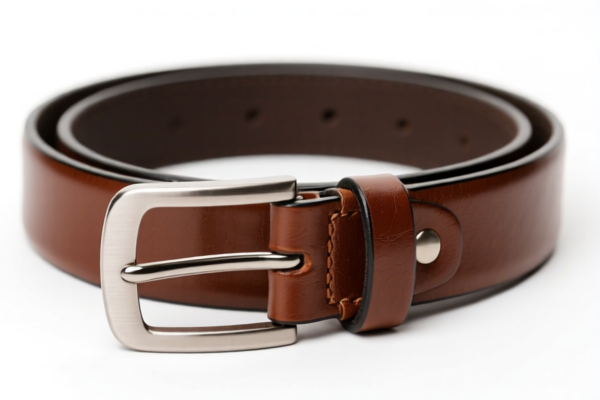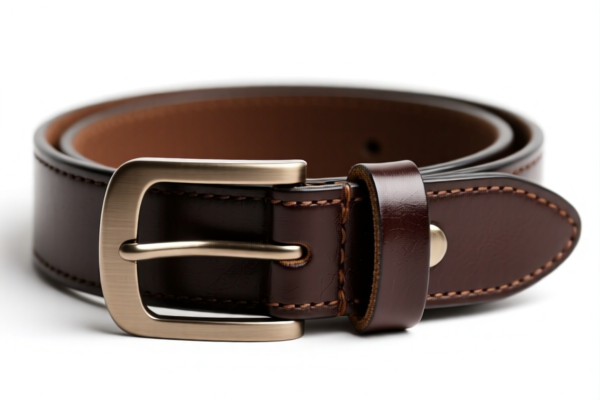| HS Code | Official Doc | Tariff Rate | Origin | Destination | Effective Date |
|---|---|---|---|---|---|
| 4205001000 | Doc | 55.0% | CN | US | 2025-05-12 |
| 4205000500 | Doc | 57.9% | CN | US | 2025-05-12 |
| 4203300000 | Doc | 57.7% | CN | US | 2025-05-12 |
| 4203406000 | Doc | 55.0% | CN | US | 2025-05-12 |
| 8487900080 | Doc | 83.9% | CN | US | 2025-05-12 |
| 8487900040 | Doc | 58.9% | CN | US | 2025-05-12 |




Leather Edger
A leather edger is a hand tool used in leathercraft to refine and finish the edges of leather goods. It imparts a smooth, rounded, or beveled appearance to leather edges, enhancing both the aesthetics and durability of the finished product.
Material:
- Handles: Typically made of wood (often hardwoods like maple or beech), plastic, or resin. Wood handles provide a comfortable grip and are often shaped for extended use.
- Blade: Constructed from hardened steel. The steel is crucial for maintaining a sharp edge during repeated use. Blades may be stainless steel for corrosion resistance, though carbon steel is also common and can be sharpened more easily.
Purpose:
The primary purpose of a leather edger is to create a professional-looking, well-defined edge on leather. This involves:
- Rounding: Softening sharp edges for comfort and to prevent fraying.
- Beveling: Creating an angled edge, which reduces bulk and improves the appearance.
- Shaping: Refining edges to a consistent profile.
- Compressing: Burnishing the edge to increase density and resistance to wear.
Function:
A leather edger works by applying pressure and friction to the leather edge. The user typically holds the tool at a specific angle and drags it along the edge, often in conjunction with burnishing compounds (like gum tragacanth or beeswax). The blade shaves off minute amounts of leather while simultaneously compressing and smoothing the fibers.
Usage Scenarios:
Leather edgers are used in a wide range of leathercraft applications, including:
- Wallets: Finishing the edges of card slots and the wallet body.
- Belts: Creating a polished and durable edge on belt straps.
- Purses & Bags: Refining the edges of bag bodies, straps, and closures.
- Sheaths: Creating a clean, professional edge on knife sheaths.
- Holsters: Smoothing and shaping edges for comfort and durability.
- Bookbinding: Refining the edges of leather book covers.
Common Types:
- Round Edger: Features a rounded blade profile, used for creating a soft, rounded edge. Available in various radii (e.g., 1mm, 2mm, 3mm).
- Bevel Edger: Has an angled blade profile for creating a beveled edge. Common bevel angles include 45 degrees and 90 degrees.
- Half-Round Edger: Combines a rounded and flat surface, useful for creating both rounded and slightly flattened edges.
- Creasing/Edging Combo Tool: Some tools combine an edger blade with a creasing blade for simultaneously creating and finishing edges.
- Adjustable Edger: Allows the user to adjust the radius or bevel angle, offering versatility.
- Diamond Edger: Features a diamond-shaped blade, often used for more aggressive edge shaping and refining.
Based on the provided information, a leather edger is a tool used in working with leather, likely for finishing or shaping edges. Here's a breakdown of potentially relevant HS codes:
-
4203300000: Articles of apparel and clothing accessories, of leather or of composition leather: Belts and bandoliers with or without buckles. While a leather edger isn't a belt or bandolier, it is an accessory made of leather. This code covers leather articles used in apparel, and an edger could be considered a related accessory.
- Chapter 42: Articles of leather; saddlery and harness equipment; articles of animal gut (other than silk yarn or twine) and articles of composition leather.
- Heading 4203: Articles of apparel and clothing accessories, of leather or of composition leather.
- Subheading 4203300000: Belts and bandoliers with or without buckles.
-
4205001000: Other articles of leather or of composition leather: Of a kind used in machinery or mechanical appliances or for other technical uses: Other. A leather edger is a tool used in a technical process (leatherworking), potentially falling under this category.
- Chapter 42: Articles of leather; saddlery and harness equipment; articles of animal gut (other than silk yarn or twine) and articles of composition leather.
- Heading 4205: Other articles of leather or of composition leather.
- Subheading 4205001000: Of a kind used in machinery or mechanical appliances or for other technical uses: Other.
-
4205000500: Other articles of leather or of composition leather: Of a kind used in machinery or mechanical appliances or for other technical uses: Belting leather cut or wholly or partly manufactured into forms or shapes suitable for conversion into belting. If the leather edger is a piece of leather cut into a specific shape for use in a leatherworking process, this code might apply.
- Chapter 42: Articles of leather; saddlery and harness equipment; articles of animal gut (other than silk yarn or twine) and articles of composition leather.
- Heading 4205: Other articles of leather or of composition leather.
- Subheading 4205000500: Belting leather cut or wholly or partly manufactured into forms or shapes suitable for conversion into belting.
According to the provided reference material, the HS code options related to 'leather edger' are limited, with only the following 3 found.
Important Note: The total tax rate for 4203300000, 4205001000 and 4205000500 is 57.7%, 55.0% and 55.0% respectively.
Customer Reviews
No reviews yet.